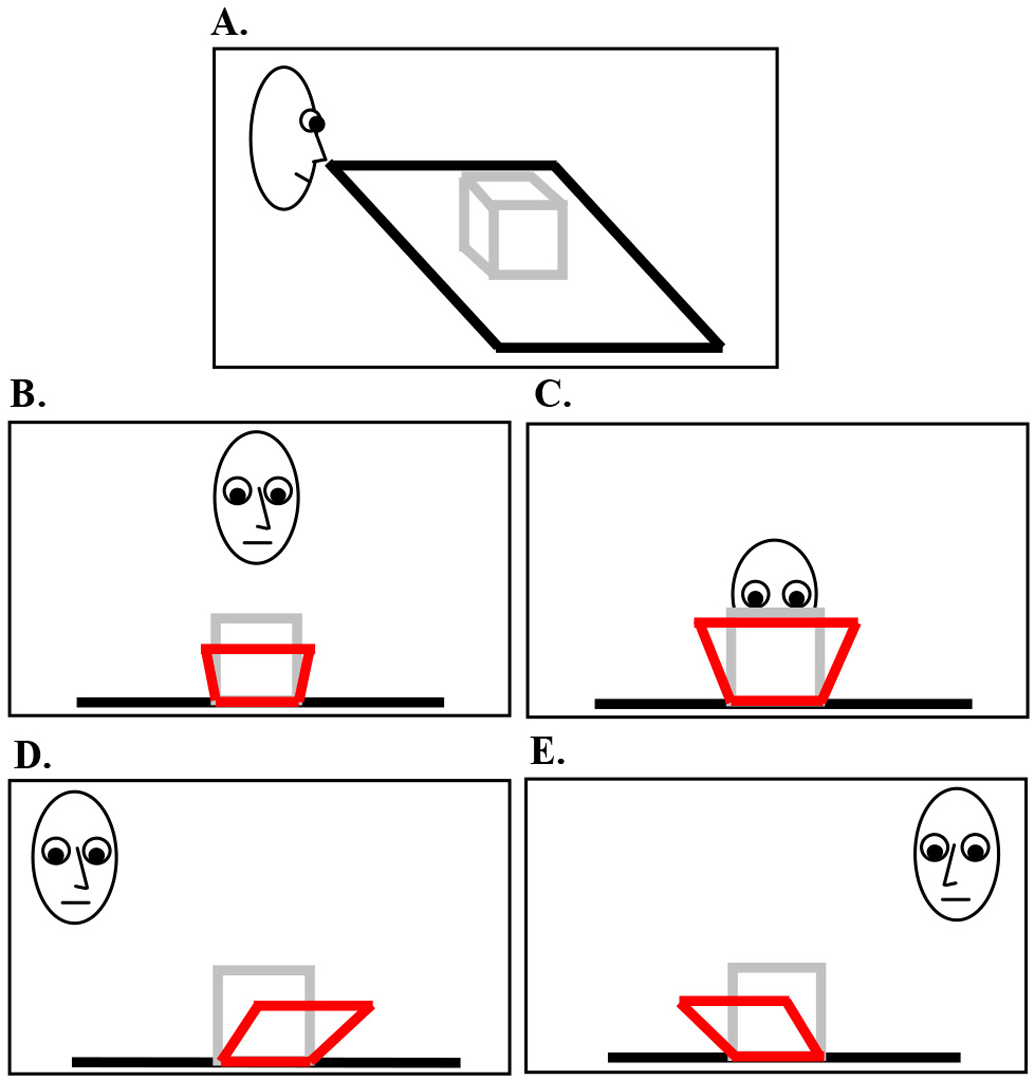“Balancing fusion, image depth and distortion in stereoscopic head-tracked displays” by Wartell, Hodges and Ribarsky
Conference:
Type(s):
Title:
- Balancing fusion, image depth and distortion in stereoscopic head-tracked displays
Presenter(s)/Author(s):
Abstract:
Stereoscopic display is a fundamental part of virtual reality HMD systems and HTD (head-tracked display) systems such as the virtual workbench and the CAVE. A common practice in stereoscopic systems is deliberate incorrect modeling of user eye separation. Underestimating eye separation is frequently necessary for the human visual system to fuse stereo image pairs into single 3D images, while overestimating eye separation enhances image depth. Unfortunately, false eye separation modeling also distorts the perceived 3D image in undesirable ways. This paper makes three fundamental contributions to understanding and controlling this stereo distortion. (1) We analyze the distortion using a new analytic description. This analysis shows that even with perfect head tracking, a user will perceive virtual objects to warp and shift as she moves her head. (2) We present a new technique for counteracting the shearing component of the distortion. (3) We present improved methods for managing image fusion problems for distant objects and for enhancing the depth of flat scenes.
References:
1. Robert Akka. Utilizing 6D head-tracking data for stereoscopic computer graphics perspective transformations. Proceedings of the SPIE- The International Society for Optical Engineering, Stereoscopic Displays and Applications IV, 1915: 147-154, Feb. 1993.
2. C. Cruz-Neira, D.J. Sandin, , T.A. DeFanti, Surround-screen projection-based virtual reality: the design and implementation of the CAVE. In SIGGRAPH 93 Conference Proceedings, Annual Conference Series, pages 135-42. ACM SIGGRAPH, Addison Wesley, August 1993.
3. James E Cutting. How the eye measures reality and virtual reality. Behavioral Research Methods, Instruments & Computers, 29(1): 27-36, February 1997.
4. Michael Deering. High Resolution Virtual Reality. In Computer Graphics (SIGGRAPH 92 Conference Proceedings), volume 26, pages 195-202. Addison Wesley, July 1992.
5. James D. Foley, Andries Van Dam, Steven K. Feiner, John F. Huges. Computer Graphics: Principles and Practice. Addison-Wesley Publishing Company. 1992.
6. Ronald N Goldman. Decomposing Projective Transformations. In David Kirk, editor, Computer Graphics Gems III. Boston : Harcourt Brace Jovanovich, 1992.
7. Larry F. Hodges, David F. McAllister. Rotation algorithm artifacts in stereoscopic images. Optical Engineering. 29(8): 973-976, August 1990.
8. Larry F. Hodges, Elizabeth Thorpe Davis. Geometric Considerations for Stereoscopic Virtual Environments. Presence, 2(1): 34-42, Winter 1993.
9. Larry F. Hodges. Tutorial: Time-Multiplexed Stereoscopic Computer Graphics. IEEE Computer Graphics and Applications. 12(2): 20-30, March 1992.
10. W. Krtiger, B. Fr6hlich. The Responsive Workbench (virtual work environment). IEEE Computer Graphics and Applications. 14(3):12-15. May 1994.
11. Lenny Lipton. Foundations of the Stereoscopic Cinema: A Study in Depth. Van Nostrand Reinhold, 1982.
12. M. Mon-Williams, J.P. Wann, S. Rushton. Design factors in stereoscopic virtual-reality displays. Journal of SID, 3/4: 207-210. 1995.
13. Warren Robinett, Richard Holloway. The Visual Display Transformation for Virtual Reality. Presence, 4(1): 1-23. Winter 1995.
14. Louis B. Rosenberg. The Effect of Interocular Distance upon Operator Performance using Stereoscopic Displays to Perform Virtual Depth Tasks. In Proceedings of IEEE Virtual Reality Annual International Symposium 93, 27-32. Sept. 1993.
15. David A. Southard. Viewing model for virtual environment displays. Journal of Electronic Imaging, 4(4): 413-420. October 1995.
16. R. Troy Surdick, Elizabeth T. Davis, Robert A. King, Larry F. Hodges. The Perception of Distance in Simulated Displays. Presence, 6(5): 513-531, October 1997.
17. John P. Wann, Simon Rushton, Mark Mon-Williams. Natural Problems for Stereoscopic Depth Perception in Virtual Environment. Vision Research. 35(19): 2731-2736, 1995.
18. Colin Ware, Cyril Gobrecht and Mark Paton. Algorithm for dynamic disparity Adjustment. In Proceedings of the SPIE- The International Society for Optical Engineering. Stereoscopic Displays and Virtual Reality Systems H, 2409:150-6, Feb. 1995.
19. Colin Ware, Kevin Arthur and Kellogg S. Booth. Fish Tank Virtual Reality. In proceedings of InterChi ’93, pages 37-41. April 1993.
20. Zachary Wartell, Larry F. Hodges, William Ribarsky. The Analytic Distortion Induced by False-Eye Separation in Head- Tracked Stereoscopic Displays. Georgia Institute of Technology, GVU Technical Report, no. 99-01, 1999. (See also Computer Graphics Proceedings CD-ROM SIGGRAPH 99).
21. B.A. Watson, L. F. Hodges. Using texture maps to correct for optical distortion in head-mounted displays. In proceedings of IEEE Virtual Reality Annual International Symposium 95 (VRAIS ’95), pages 172-178.
22. Mason Woo, Jackie Neider, Tom Davis. OpenGL Program Guide. Addison-Wesley Developers Press. Reading, Massachusetts. 1997.
23. Andrew Woods, Tom Docherty, Rolf Koch. Image Distortion in Stereoscopic Video Systems. In Proceedings of the SPIE- The International Society for Optical Engineering, Stereoscopic Displays and Applications IV, 1915:36 – 48, 1993.
24. Yei-Yu Yeh and Louis .D. Silverstein. Limits of Fusion and Depth Judgements in Stereoscopic Color Displays. Human Factors, 32(1): 45-60, Feb. 1990.




